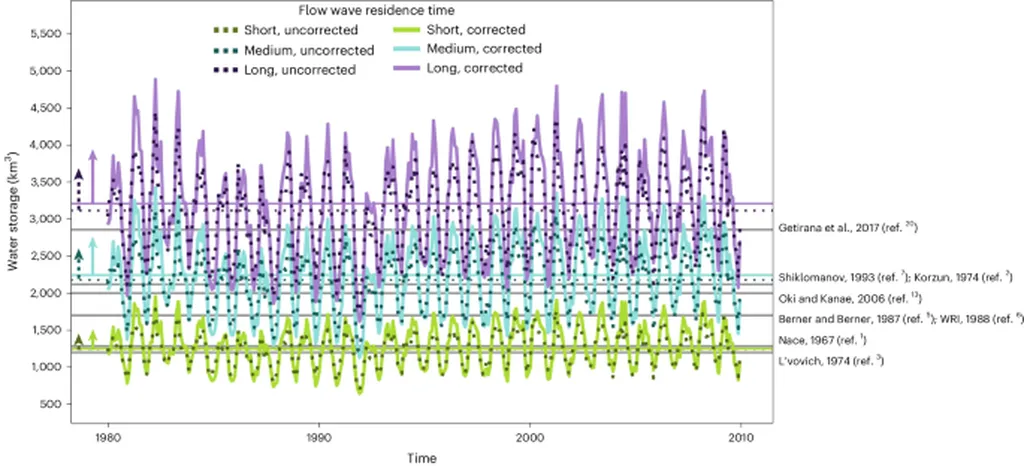In the heart of the United States, two unassuming river gauging stations are at the center of a technological breakthrough that could revolutionize water quality management and have significant implications for the energy sector. Researchers have developed intelligent frameworks that can accurately estimate river water turbidity, a crucial indicator of water quality. This innovation, led by Amin Gharehbaghi from the Department of Civil Engineering at Hasan Kalyoncu University in Türkiye, promises to enhance monitoring efforts and optimize resource management.
Turbidity, a measure of the cloudiness of water caused by suspended particles, is a critical factor in assessing water quality. High turbidity levels can indicate pollution, sediment runoff, or other environmental issues that affect both aquatic life and human activities. For the energy sector, particularly hydropower and thermal power plants that rely on water for cooling, understanding and predicting turbidity is essential for maintaining operational efficiency and compliance with environmental regulations.
Gharehbaghi and his team employed advanced machine learning techniques to develop four intelligent models: Categorical Boosting (CatBoost), Light Gradient-Boosting Machine (LightGBM), eXtreme Gradient Boosting (XGBoost), and Convolutional Neural Networks (CNN). These models were trained and validated using data from two river stations in the U.S., USGS 14206950 and USGS 14211720. The results were impressive, with XGBoost and CatBoost emerging as the top performers.
“Our models demonstrated exceptional accuracy in estimating river water turbidity,” Gharehbaghi explained. “This level of precision is crucial for effective water quality management and can significantly benefit industries that depend on clean water.”
The research, published in the journal ‘Engineering Applications of Computational Fluid Mechanics’ (translated from Turkish as ‘Uygulamalı Akışkanlar Mekaniği’), not only showcased the effectiveness of these models but also introduced a novel approach to interpreting their outputs. By using SHapley Additive exPlanations (SHAP), the team could identify the most influential factors affecting turbidity levels. This interpretability is a game-changer, as it allows stakeholders to understand the underlying causes of water quality issues and take targeted actions.
For the energy sector, this research opens up new possibilities for predictive maintenance and operational optimization. Hydropower plants, for instance, can use these models to anticipate changes in water quality and adjust their operations accordingly, reducing downtime and maintenance costs. Similarly, thermal power plants can better manage their cooling systems, ensuring they operate efficiently and comply with environmental standards.
The implications of this research extend beyond the energy sector. Municipalities, environmental agencies, and water treatment facilities can all benefit from more accurate and interpretable turbidity estimates. This could lead to improved water quality monitoring, better resource allocation, and more effective environmental protection measures.
As the world continues to grapple with water scarcity and environmental degradation, innovations like these are more important than ever. Gharehbaghi’s work represents a significant step forward in our ability to manage and protect our water resources. By providing accurate, interpretable estimates of river water turbidity, these intelligent frameworks can help us make more informed decisions and build a more sustainable future.
The energy sector, in particular, stands to gain significantly from this research. As the demand for clean, reliable energy continues to grow, so too does the need for innovative solutions that can help us manage our resources more effectively. Gharehbaghi’s work is a testament to the power of technology in addressing some of our most pressing environmental challenges.

